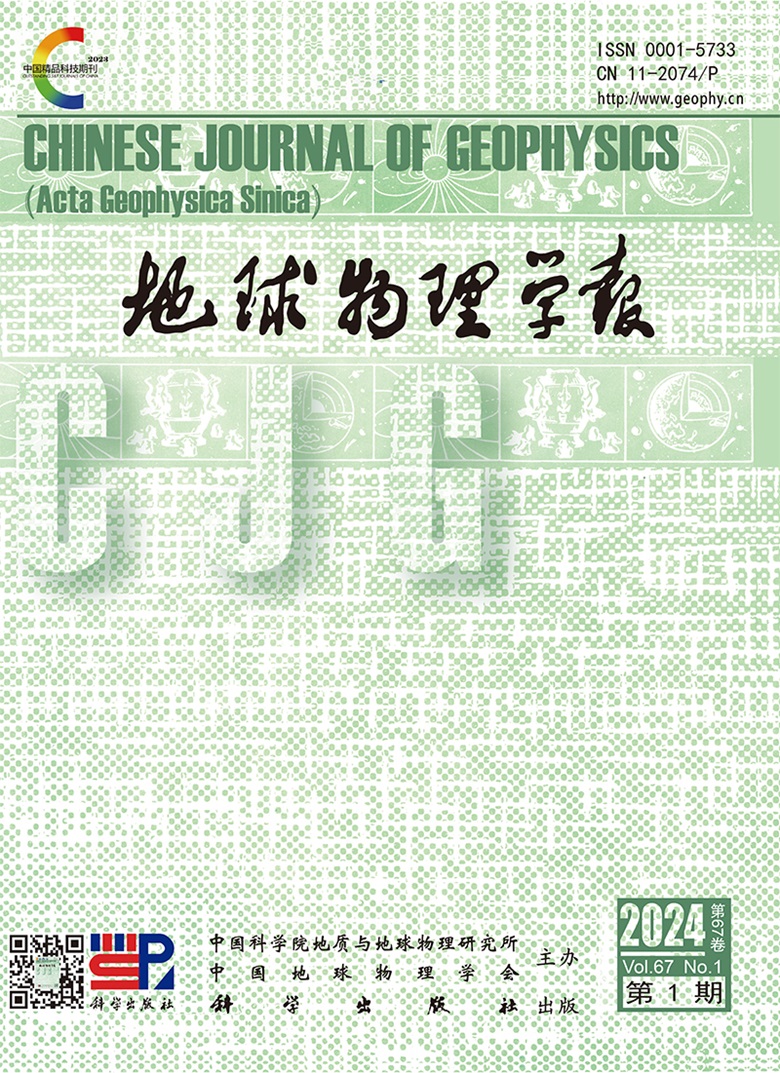Tectonostratigraphic structure and crustal extension of the Qiongdongnan basin,northern South China Sea
IF 1.4
4区 地球科学
Q3 GEOCHEMISTRY & GEOPHYSICS
引用次数: 7
Abstract
Rifting of the Qiongdongnan basin initiated in the Cenozoic above the Pre-Cenozoic basement which was overprinted by rifting basin tectonics soon after becoming part of a rifted passive continental margin of the South China Sea. Using integrated data of sedimentary horizons,wells,seismic reflection,and the observed gravity field,we constructed a crust-scale structural model of the Qiongdongnan basin.Many characteristics of this model reflect the tectonostratigraphic history of the basin.The structural and isopach maps of the basin allow us to retrace the well-established history of the basin comprising a dominant structural trend ofgradually shifting depocentre from the Paleogene sequence(45Ma~23.3Ma)to the Neogene to Quaternary sequence(23.3 Ma~present)towards the west or southwest.The present-day configuration of the basin implies that the basin fill of Cenozoic sediments becomes thinner towards the east.By integrating several reflection seismic profiles,interval velocity and performing gravity modeling, we have modeled the sub-sedimentary basement of the Qiongdongnan basin.The results show some high-velocity bodies in the lower part of crust(vP7.0 km ·s-1),and most probably is igneous magma underplated to the lower stretched continental crust during the final rifting and early spreading phase.The crystalline continental crust spans from the weakly stretched domains(as thick as about 25km)near the continental shelf to the extremely thinned domains(of less than 2.8km thickness)in the central depression,representing the continental margin rifting process in the Qiongdongnan basin.The estimated distribution of the crustal extension factor(β)of the basin shows that the factor in central depression is maximum value(6.0),while that in northern and southern side wings is minimum value(2.0).This model can shed light on future numerical simulation researches,including the reconstruction of the evolutionary processes from the rifted basin to the passive margin one and the evolution of the thermal field of the basin.南海北部琼东南盆地构造地层结构与地壳伸展
琼东南盆地的裂谷作用开始于前新生代基底之上,该基底在成为南海裂谷被动大陆边缘的一部分后不久就被裂谷盆地构造叠加。综合沉积层位、井、地震反射和重力场观测资料,建立了琼东南盆地地壳尺度的构造模型。该模式的许多特征反映了盆地的构造地层历史。盆地的构造和等厚图使我们可以追溯盆地的完整历史,其主要的构造趋势是沉积中心从古近系(45Ma~23.3Ma)逐渐向西或西南转移到新近系至第四纪(23.3 Ma~至今)。盆地现今的构造表明,新生代沉积物的盆地填充物向东变薄。综合多个反射地震剖面、层间速度和重力模拟,建立了琼东南盆地次沉积基底模型。结果表明,地壳下部存在高速体(vP7.0 km·s-1),极有可能是在裂陷末期和扩张初期下拉大陆地壳的火成岩岩浆。结晶陆壳从大陆架附近的弱拉伸域(厚度约25km)跨越到中央坳陷的极薄域(厚度小于2.8km),代表了琼东南盆地大陆边缘裂陷过程。盆地地壳伸展因子(β)的估计分布表明,中央坳陷的伸展因子最大(6.0),南北两翼的伸展因子最小(2.0)。该模型对今后的数值模拟研究,包括裂谷盆地到被动边缘盆地演化过程的重建以及盆地热场演化具有指导意义。
本文章由计算机程序翻译,如有差异,请以英文原文为准。
求助全文
约1分钟内获得全文
求助全文

 求助内容:
求助内容: 应助结果提醒方式:
应助结果提醒方式:


